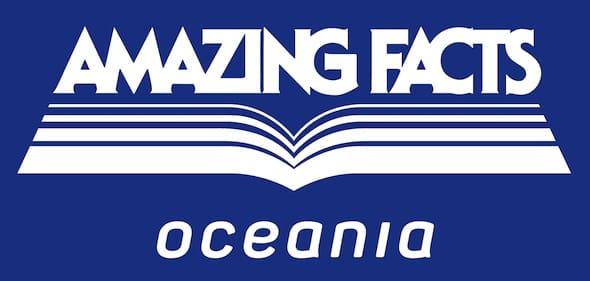“The sceptre shall not depart from Judah, nor a lawgiver from between his feet, until Shiloh comes; and to Him shall be the obedience of the people” (Genesis 49:10).
The largest clear-cut diamond in the world is the Cullinan I, or Great Star of Africa, diamond. It was discovered in a mine outside Pretoria in South Africa in 1905 and is now mounted on the head of the Sovereign’s Sceptre with Cross—a part of the Crown Jewels of the United Kingdom. During coronation services the monarch carries this three-foot sceptre in the right hand as a token of his or her temporal power as head of state.
In the Bible a sceptre is simply a rod or staff, but when it is held by a king it becomes a symbol of his authority. Ancient sceptres have been depicted on sculptures in the Near East and even found in the tombs of Egyptian kings. They were often decorated with gold and semiprecious stones. The book of Ruth mentions a golden sceptre in the hand of the Persian king (see Esther 4:11).
When Jacob blessed his fourth son, Judah, by his wife Leah, he predicted that a sceptre would not depart from this tribe “until Shiloh comes.” The name Shiloh is often understood to mean “rest giver.” Judah was to be a leader among the tribes of Israel until the Messiah, who would give rest, came. The phrase “a lawgiver from between his feet” is probably a reference to the way the authoritative sceptre is held by a ruler. Often it would rest between his knees with its end between his feet.
When Jesus came as the fulfillment of this prophecy, He was of the lineage of David who was an ancestor of Perez, one of Judah’s sons. Christ was also a lawgiver as is most clearly seen in the Sermon on the Mount where He expounded on the law. Judah means “praise” or “let God be praised.” We may certainly praise the Lord for giving us His eternal law that rules over us in righteousness.
“Alleluia! Sing to Jesus! His the sceptre, His the throne. Alleluia! His the triumph, His the victory alone.”
For Further Study: Numbers 24:17; Psalm 45:6; Hebrews 1:8

